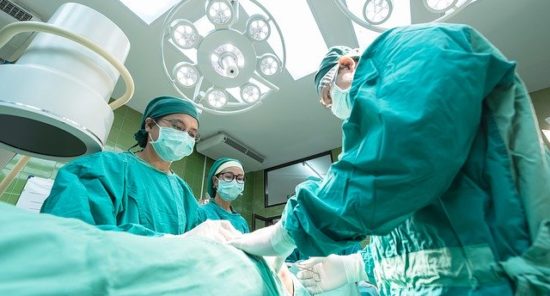In a recent study, researchers analyzed the use of mandibular jaw movement (MJM) as a robust and comprehensive bio-signal to detect sleep-disordered breathing (SDB). The accuracy of MJM in measuring respiratory effort during sleep has been confirmed through simultaneous and synchronized in-laboratory polysomnography (PSG) studies. By monitoring MJM, clinicians gain valuable insights into the work of breathing, including patterns of negative effort dependence within events, and can differentiate between central and obstructive SDB events, including central hypopneas.
The researchers concluded that monitoring MJM provides a means to observe the regulating activity of the brainstem during sleep, akin to having a probe in the brainstem. This novel approach offers a comprehensive, reliable, validated, and objective method for detecting and characterizing SDB.
Reference: Martinot, JB, Pépin JL.Mandibular jaw movements as a non-invasive measure of respiratory effort during sleep: application in clinical practice. Front Sleep. 2023;2:1145620. doi:10.3389/frsle.2023.1145620
Link: https://www.frontiersin.org/articles/10.3389/frsle.2023.1145620/full









